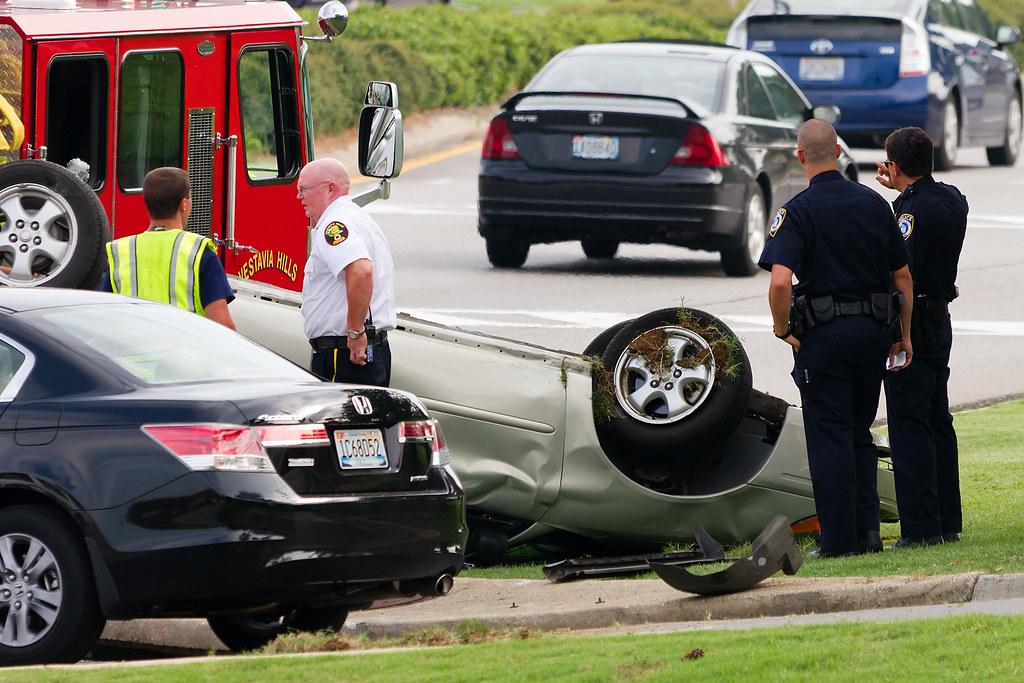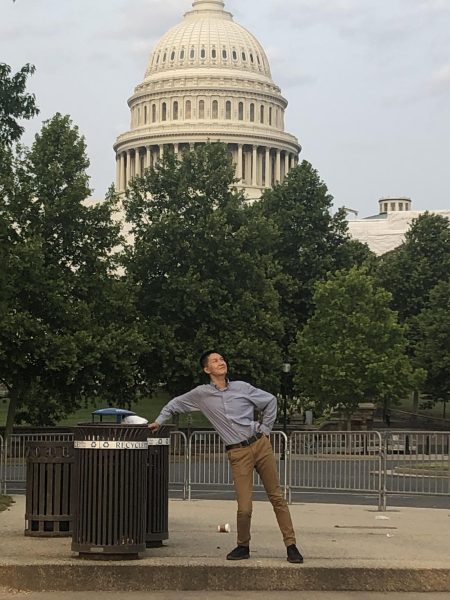To enter Garrett County is to enter melancholy and dismay. On January 9, a car crash near Exit 4 of Interstate 68 forced authorities to close down the highway in the town of Friendsville, creating significant transport disruptions. An accident like this, most likely avoidable, has irreversibly impacted hundreds if not thousands of people for the worse. Parents are late to see their children, night-shift workers are late to their jobs, the consequences are numerous and terrible.
In the United States, motor vehicle accidents are the greatest cause of injury and death at least 7.3 million accidents a year, or nearly 20,000 every day. 99% of these accidents remain the fault of human error: mistakes made by us sentient beings who claim to control our thousand-pound machines.
However, the vast majority of these human errors are entirely preventable. Despite attempts to educate on and even outlaw dangerous actions such as driving under the influence, driving while texting and reckless driving, including speeding, millions of accidents per year occur due to careless or even malicious driver failures.
That is the real problem in driving: humans. As long as they continue to dominate the roads, they will continue to kill millions upon millions of men, women and children a year, whether intentional or otherwise. Such tragedies should be mandated to never happen again. Humans should be mandated out of the driver seat and into the passenger seat, where we all rightfully belong.
Recent technological innovations in the world of self-driving cars introduce opportunity. Unlike humans, computers cannot drink. They cannot text. They cannot become irrationally angry. Unlike humans, cars themselves are the prime drivers. The only way to guarantee safety and security on the roads is to take inherently unsafe and unsecure humans out of the equation.
People are already choosing to convert from purely man-driven vehicles to those that can aid in driving themselves. In the United States, there are an estimated 190,000+ vehicles with some sort of self-driving technology integrated. From a very unofficial tally, a pool of 82 WCHS students’ cars were counted, and six contained driving assistance technology. However, many people still have concerns over the price of these vehicles, and the apparent safety risk. The price, while for now certainly a concern, will improve over time as production increases and these cars become more prevalent. As for safety concerns, the truth is that they have been blown out of proportion, with an average of less than ten crashes every one million miles.
Granted, self-driving technology is not perfect. Maybe it never will be. But it can be, and already is, good enough. At the very least, it is better than humans. But the critics of this technology fail to mention how new, innovative, and despite its age, advanced it is. For self-driving cars, there is only up. Self-driving cars are the future, for all humanity, and the rapid expansion of their development is nothing but a prosperous sign for the future.















